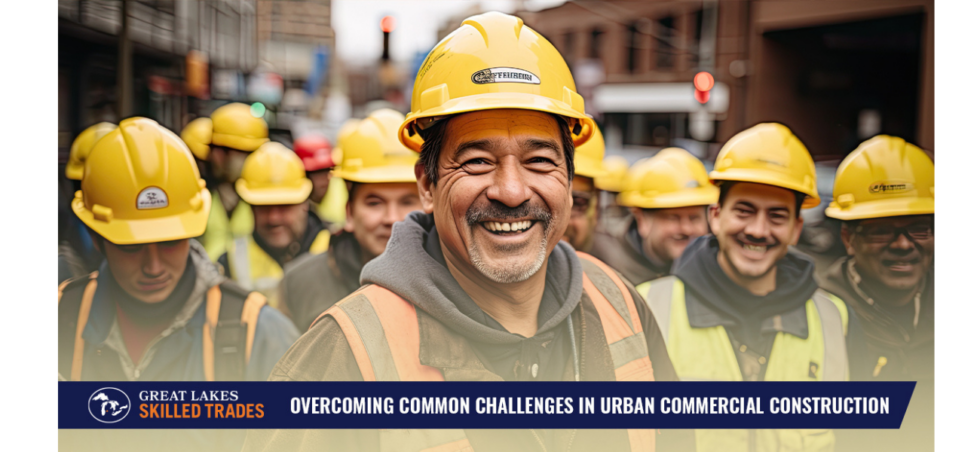In the skilled trades, large projects often require lots of workers to be on the job site at the same time. But this can quickly devolve into chaos and confusion if each person doesn’t do their part to keep the team moving smoothly. Here are a few essentials that can help you navigate a complex project with many team members while ensuring that your own work gets done efficiently.
Well-Defined Roles
On a busy job site, you can’t just leave it up to each person to decide what they’re going to do and when they’re going to do it. Otherwise, you’re likely to have some people running around in circles while others trip over each other in a particularly crowded spot. Large projects need to be choreographed like a dance, with each person taking responsibility for specific tasks.
Communication
Conflict is inevitable when a lot of people are working closely together. But nearly every situation can be resolved with strong communication skills. Speak up when something first becomes an issue rather than wait for it to get worse. Explain your needs and really listen when the other person explains theirs. Also, be sure to state clearly and loudly when you are doing something that could be dangerous to others. Just like chefs and line cooks yell “Behind!” when carrying hot food past someone else, you need to let people know when there’s a risk to them.
Negotiation
Sometimes your goals won’t align with someone else’s. For example, you might both want to work in a particularly narrow area of the job site. In this case, your negotiation skills can keep things moving smoothly. Clearly explain what you need and ask the other person what they need. Offer solutions and discuss them until you land on something that works well for both of you. And remember, the point of negotiation isn’t to get everything you want. It’s to ensure that both sides get some of what they want.
Leadership
Ultimately, someone has to take responsibility for your team’s contributions to large projects. If that’s you, make sure to show good leadership skills. Lead by example, fairly mitigate disputes, and always give credit to your team for a job well done.
Ready for a New Skilled Trade Position?
At Great Lakes Skilled Trades, we specialize in connecting professionals in the skilled trades with contractors who need their services throughout the Great Lakes region. If you’re a skilled trade worker looking for your next position, check out our available jobs today!









